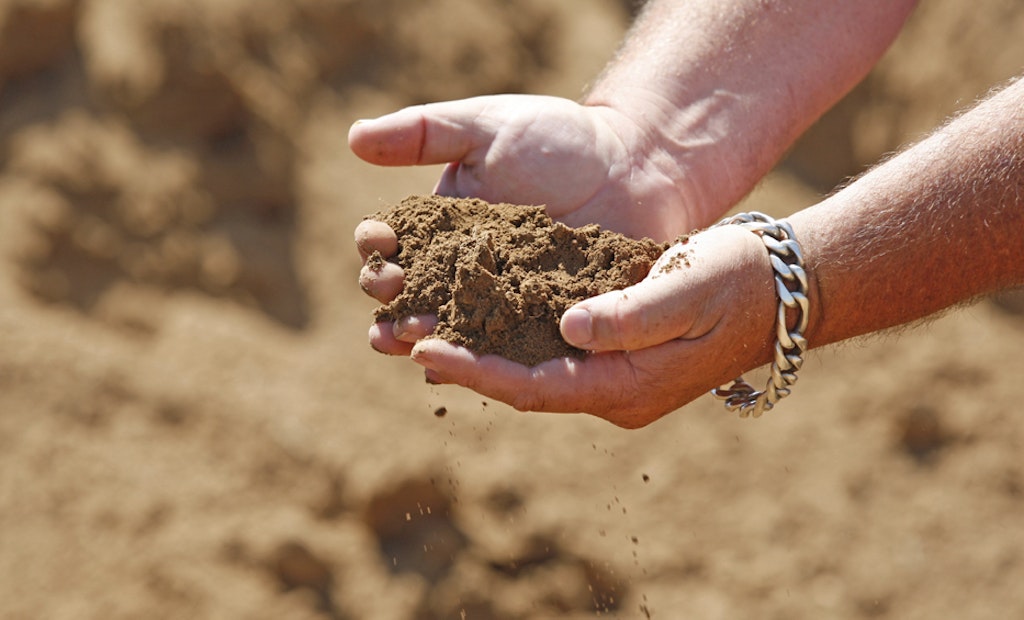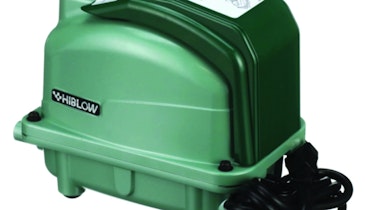
Soil erosion has been identified by the U.S. Environmental Protection Agency as the No. 1 source of water-quality degradation and pollution. It becomes everyone’s responsibility to reduce soil erosion and sedimentation loss from onsite installation sites.
Even if the site is...





